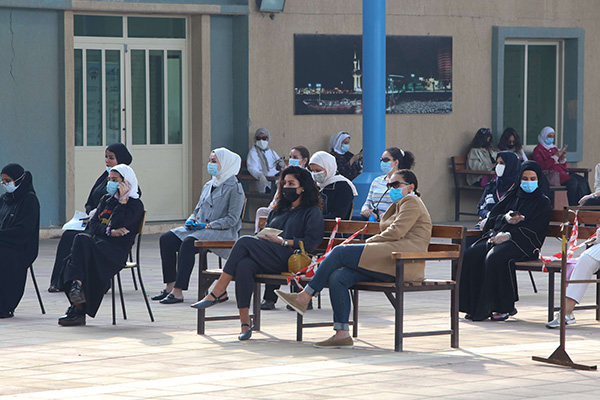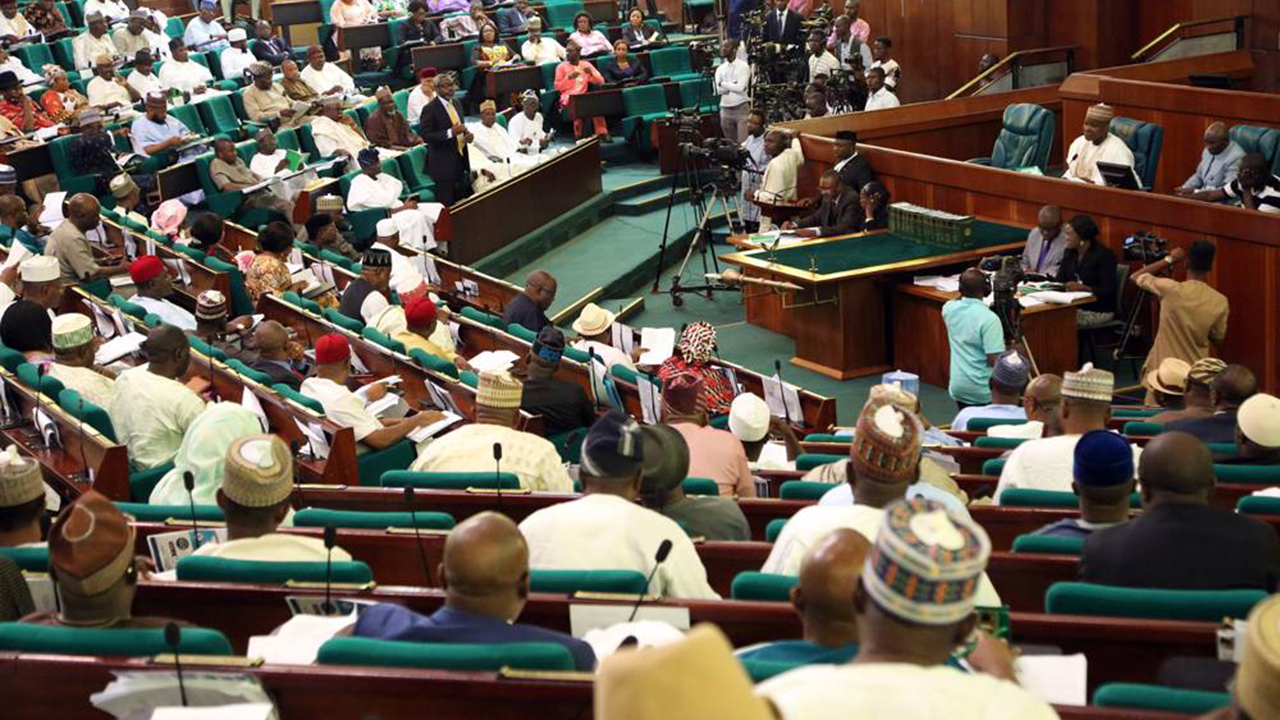Elections to the parliament of Kuwait held on the 5th December 2020, in which Kuwaiti voters elected 50 members of the National Assembly from five constituencies (each constituency is assigned 10 seats). Over half of the incumbents in parliament members lost their seats to the opposition, including the sole female lawmaker.
The change in the composition of the parliament is due to dissatisfaction among Kuwaiti voters over the performance of the previous lawmakers in education, health and the economy.
The elections were widely considered free and fair with a voter turnout of 60%. While Kuwait became the first country in the Gulf region to establish an elected parliament, power is still concentrated in the hands of the monarchy, which appoints the members of the government (the cabinet).
What Else Happened In The Elections?
A total of 29 women contested for seats out of 326 candidates, a record number for parliamentary elections in Kuwait, but none of them was elected to office. This means that the incoming government of Kuwait will have no female representative, although women constitute 52% of eligible voters.
Considering the large turnout of women to the polls, expectations were high that some women will make it to parliament but the opposite happened. This points to the wider status of women in Kuwait, who do not have same legal or societal status as their male counterparts.
Writer, Dalaa Al Mufti, suggests a quota system to ensure that women are not excluded in the country’s decision-making process in future elections. Since 2006, only 6 women have won seats in the Kuwaiti parliament.
The Emir of Kuwait, Sheikh Nawaf Al-Ahmad Al-Jaber Al-Sabah has issued issued a decree to hold the first regular session of the parliament’s 16th legislative term on December 15. The current government will remain in a caretaker position till the new lawmakers are inaugurated.


